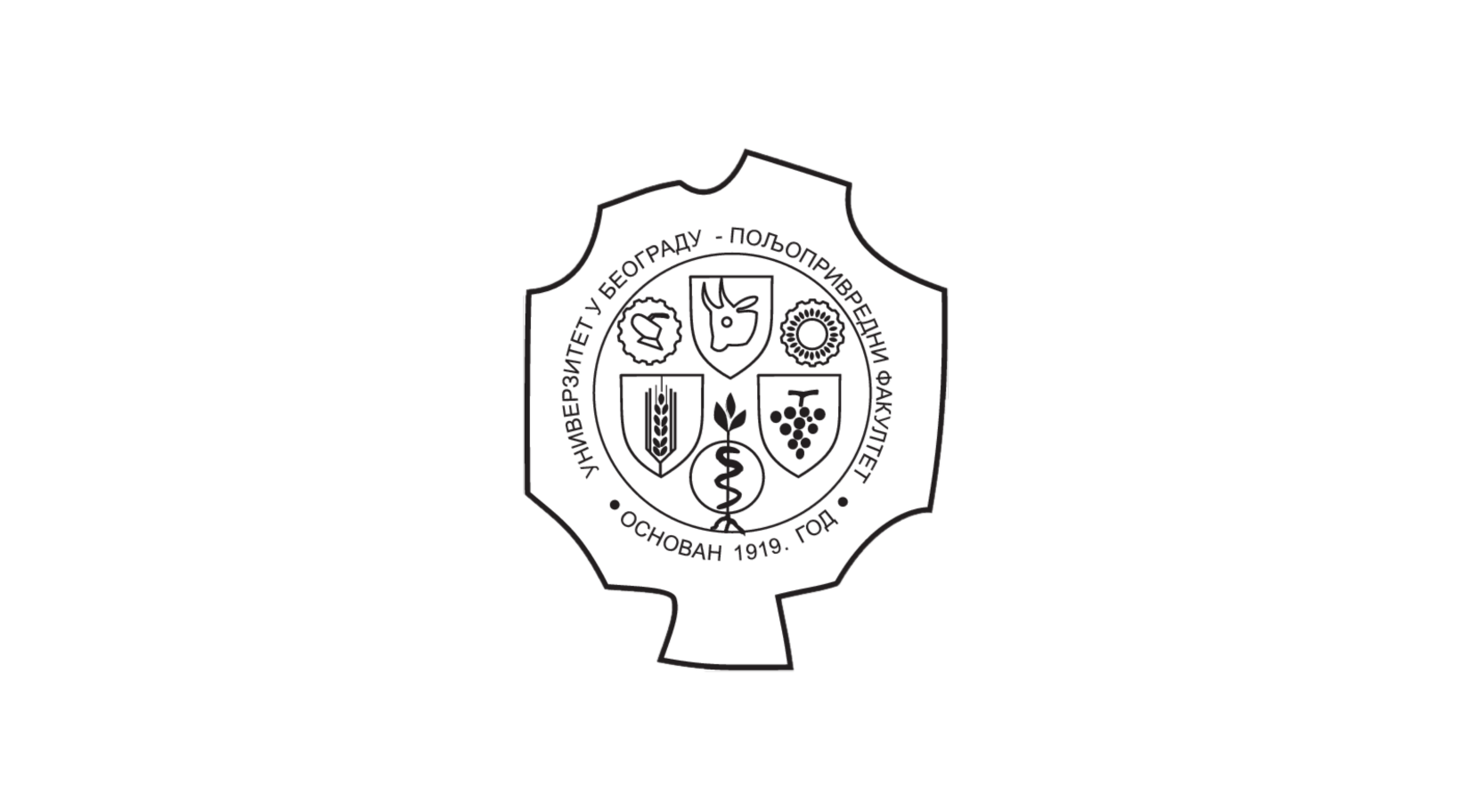Variability of yield and chemical composition in soybean genotypes grown under different agroecological conditions of Serbia
Нема приказа
Аутори
Popović, VeraTatić, Miaden
Sikora, Vladimir

Ikanović, Jela
Drazić, Gordana
Djukić, Vojin
Mihailović, Bozo
Filipović, Vladimir

Dozet, Gordana
Jovanović, Ljiljana
Stevanović, Petar
Чланак у часопису (Објављена верзија)

Метаподаци
Приказ свих података о документуАпстракт
Study of the interaction between genotype (G) and year (Y) provides good estimates of genotypes breeding values. In order to investigate the main effects of G, Y and G x Y interactions on yield and quality components of NS soybean genotypes, an experiment with genotypes of different maturity groups was carried out during three-year period. The average yield for all genotypes was 4,716 kg ha(-1). Genotype, year and interaction G x Y had statistically significant effect on the yield, p lt 0.05, p lt 0.01. The highest grain yields per unit area had, on an average, was recorded in genotype Venera (4,962 kg ha(-1)), significantly higher than genotype Vojvodjanka (4,522 kg ha(-1)), p lt 0.05. The highest yield stability was recorded by genotypes of MG 0. The average protein content of all examined genotypes was 37.60%. Year, genotype and G x Y interaction had statistically significant effects on protein content. Genotype Galina had on an average the highest protein content (38.11%), signific...antly higher than genotypes Trijumf, Valjevka and Venera, p lt 0.05. Significantly higher protein content was achieved during 2008 and 2009 compared with 2010, p lt 0.05, p lt 0.01. Average protein yield for all genotypes was 1,711 kg ha(-1). The highest protein yields had genotype Venera, significantly higher than genotype Vojvodjanka, p lt 0.05. The average oil content for all examined genotypes was 21.51%. The most favorable year for oil synthesis in the test period was 2008 (22.41%). Statistically significantly higher oil content was recorded in 2008 (22.41%) compared to 2010 (20.22%) and significantly higher than in 2009 (21.89%), p lt 0.05. Genotype Valjevka (21.78%) had on average significantly higher oil content than genotype Trijumf, p lt 0.05. The average oil yield for all genotypes was 1,014 kg ha(-1). On average the highest oil yield was recorded in genotype Venera. The yield was negatively statistically significant correlated with protein content, highly negatively significant correlated with air temperature and positively significant correlated by protein yield, oil yield and precipitation. The goal of the breeder was to create highly productive soybean varieties, followed by quality grain. This research can constitute the basis for further soybean breeding.
Кључне речи:
soybean / agro ecological factors / yield / quality characteristicsИзвор:
Romanian Agricultural Research, 2016, 33, 29-39Издавач:
- Natl Agricultural Research & Development Inst, Fundulea
Финансирање / пројекти:
- Интердисциплинарни приступ стварању нових сорти соје и унапређењу технологије гајења и дораде семена (RS-MESTD-Technological Development (TD or TR)-31022)
Институција/група
Poljoprivredni fakultetTY - JOUR AU - Popović, Vera AU - Tatić, Miaden AU - Sikora, Vladimir AU - Ikanović, Jela AU - Drazić, Gordana AU - Djukić, Vojin AU - Mihailović, Bozo AU - Filipović, Vladimir AU - Dozet, Gordana AU - Jovanović, Ljiljana AU - Stevanović, Petar PY - 2016 UR - http://aspace.agrif.bg.ac.rs/handle/123456789/4088 AB - Study of the interaction between genotype (G) and year (Y) provides good estimates of genotypes breeding values. In order to investigate the main effects of G, Y and G x Y interactions on yield and quality components of NS soybean genotypes, an experiment with genotypes of different maturity groups was carried out during three-year period. The average yield for all genotypes was 4,716 kg ha(-1). Genotype, year and interaction G x Y had statistically significant effect on the yield, p lt 0.05, p lt 0.01. The highest grain yields per unit area had, on an average, was recorded in genotype Venera (4,962 kg ha(-1)), significantly higher than genotype Vojvodjanka (4,522 kg ha(-1)), p lt 0.05. The highest yield stability was recorded by genotypes of MG 0. The average protein content of all examined genotypes was 37.60%. Year, genotype and G x Y interaction had statistically significant effects on protein content. Genotype Galina had on an average the highest protein content (38.11%), significantly higher than genotypes Trijumf, Valjevka and Venera, p lt 0.05. Significantly higher protein content was achieved during 2008 and 2009 compared with 2010, p lt 0.05, p lt 0.01. Average protein yield for all genotypes was 1,711 kg ha(-1). The highest protein yields had genotype Venera, significantly higher than genotype Vojvodjanka, p lt 0.05. The average oil content for all examined genotypes was 21.51%. The most favorable year for oil synthesis in the test period was 2008 (22.41%). Statistically significantly higher oil content was recorded in 2008 (22.41%) compared to 2010 (20.22%) and significantly higher than in 2009 (21.89%), p lt 0.05. Genotype Valjevka (21.78%) had on average significantly higher oil content than genotype Trijumf, p lt 0.05. The average oil yield for all genotypes was 1,014 kg ha(-1). On average the highest oil yield was recorded in genotype Venera. The yield was negatively statistically significant correlated with protein content, highly negatively significant correlated with air temperature and positively significant correlated by protein yield, oil yield and precipitation. The goal of the breeder was to create highly productive soybean varieties, followed by quality grain. This research can constitute the basis for further soybean breeding. PB - Natl Agricultural Research & Development Inst, Fundulea T2 - Romanian Agricultural Research T1 - Variability of yield and chemical composition in soybean genotypes grown under different agroecological conditions of Serbia EP - 39 SP - 29 VL - 33 UR - https://hdl.handle.net/21.15107/rcub_agrospace_4088 ER -
@article{
author = "Popović, Vera and Tatić, Miaden and Sikora, Vladimir and Ikanović, Jela and Drazić, Gordana and Djukić, Vojin and Mihailović, Bozo and Filipović, Vladimir and Dozet, Gordana and Jovanović, Ljiljana and Stevanović, Petar",
year = "2016",
abstract = "Study of the interaction between genotype (G) and year (Y) provides good estimates of genotypes breeding values. In order to investigate the main effects of G, Y and G x Y interactions on yield and quality components of NS soybean genotypes, an experiment with genotypes of different maturity groups was carried out during three-year period. The average yield for all genotypes was 4,716 kg ha(-1). Genotype, year and interaction G x Y had statistically significant effect on the yield, p lt 0.05, p lt 0.01. The highest grain yields per unit area had, on an average, was recorded in genotype Venera (4,962 kg ha(-1)), significantly higher than genotype Vojvodjanka (4,522 kg ha(-1)), p lt 0.05. The highest yield stability was recorded by genotypes of MG 0. The average protein content of all examined genotypes was 37.60%. Year, genotype and G x Y interaction had statistically significant effects on protein content. Genotype Galina had on an average the highest protein content (38.11%), significantly higher than genotypes Trijumf, Valjevka and Venera, p lt 0.05. Significantly higher protein content was achieved during 2008 and 2009 compared with 2010, p lt 0.05, p lt 0.01. Average protein yield for all genotypes was 1,711 kg ha(-1). The highest protein yields had genotype Venera, significantly higher than genotype Vojvodjanka, p lt 0.05. The average oil content for all examined genotypes was 21.51%. The most favorable year for oil synthesis in the test period was 2008 (22.41%). Statistically significantly higher oil content was recorded in 2008 (22.41%) compared to 2010 (20.22%) and significantly higher than in 2009 (21.89%), p lt 0.05. Genotype Valjevka (21.78%) had on average significantly higher oil content than genotype Trijumf, p lt 0.05. The average oil yield for all genotypes was 1,014 kg ha(-1). On average the highest oil yield was recorded in genotype Venera. The yield was negatively statistically significant correlated with protein content, highly negatively significant correlated with air temperature and positively significant correlated by protein yield, oil yield and precipitation. The goal of the breeder was to create highly productive soybean varieties, followed by quality grain. This research can constitute the basis for further soybean breeding.",
publisher = "Natl Agricultural Research & Development Inst, Fundulea",
journal = "Romanian Agricultural Research",
title = "Variability of yield and chemical composition in soybean genotypes grown under different agroecological conditions of Serbia",
pages = "39-29",
volume = "33",
url = "https://hdl.handle.net/21.15107/rcub_agrospace_4088"
}
Popović, V., Tatić, M., Sikora, V., Ikanović, J., Drazić, G., Djukić, V., Mihailović, B., Filipović, V., Dozet, G., Jovanović, L.,& Stevanović, P.. (2016). Variability of yield and chemical composition in soybean genotypes grown under different agroecological conditions of Serbia. in Romanian Agricultural Research Natl Agricultural Research & Development Inst, Fundulea., 33, 29-39. https://hdl.handle.net/21.15107/rcub_agrospace_4088
Popović V, Tatić M, Sikora V, Ikanović J, Drazić G, Djukić V, Mihailović B, Filipović V, Dozet G, Jovanović L, Stevanović P. Variability of yield and chemical composition in soybean genotypes grown under different agroecological conditions of Serbia. in Romanian Agricultural Research. 2016;33:29-39. https://hdl.handle.net/21.15107/rcub_agrospace_4088 .
Popović, Vera, Tatić, Miaden, Sikora, Vladimir, Ikanović, Jela, Drazić, Gordana, Djukić, Vojin, Mihailović, Bozo, Filipović, Vladimir, Dozet, Gordana, Jovanović, Ljiljana, Stevanović, Petar, "Variability of yield and chemical composition in soybean genotypes grown under different agroecological conditions of Serbia" in Romanian Agricultural Research, 33 (2016):29-39, https://hdl.handle.net/21.15107/rcub_agrospace_4088 .

